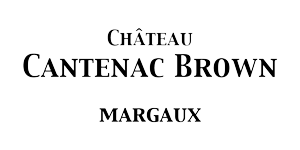Vines grafting appeared in France after that the phylloxera, a insect, devastated the French vineyards in the 19th century. Since then, vines grafting has become an indispensable practice for all French vineyards, including Château Cantenac Brown.
When and how do we graft the vines?
Grafting of vines occurs at different times of the year, from February to August, depending on the techniques used.
On the one hand there is the mechanized method: omega grafting. How does it work? First of all a machine dazzles the branches in order to prepare the root stocks. For this, it removes buds, tendrils and ramifications. In a second time, another machine called «two strokes» cuts and embeds the two organs without ligaturing them.
On the other hand, four manual methods are also practiced: slit grafting (February-March), English (February-March), chip-budding with pushing eye (March) or sleeping eye (August), patch (June).
Which root stock do we choose?
The first step in the grafting of the vine is the choice of the root stock. Also called hypobiota, the root stock in viticulture means a woody or herbaceous plant with a root system on which a graft is implanted. For its part, the graft or epibiota refers to the bud.
Indeed, if the graft defines the quality of the fruit, the root stock also holds an essential place because it establishes the link between the grape variety and the soil. This will determine the vigour, soil adaptation and vegetative cycle of the grape. Thus, depending on the soil on which it is implanted, the root stock will be different. Here are the different types of root stock available (each one is resistant to phylloxera):
• Fercal: This variety is particularly resistant to drought and limestone.
• Gravesac: This root stock is suitable for sandy and gravelly soils, but does not tolerate limestone. Its downside: the Gravesac has a lower productivity.
• Riparia Gloire de Montpellier: Also known as «RGM», this variety is adapted to fresh and fertile soils.
• Richter 110: It is one of the most resistant root stocks to drought, on the contrary it tolerates very poorly the humidity. This variety is suitable for lean, stony, and low limestone soils.


